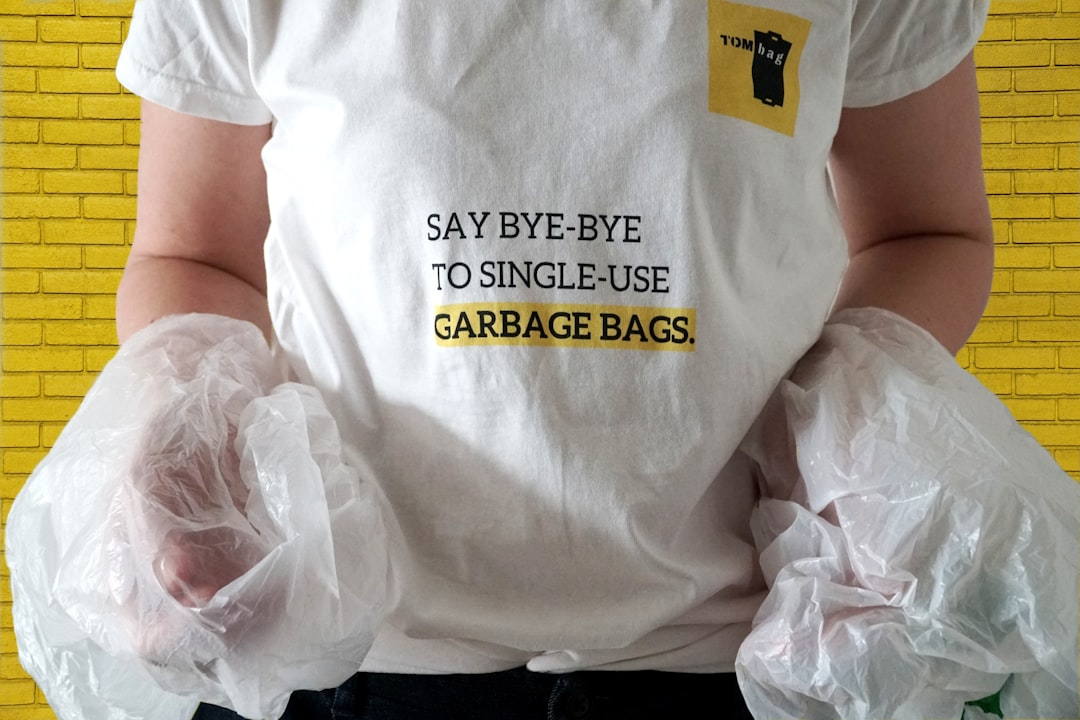Have you ever looked at your overflowing trash can and felt a pang of guilt? I know I have! It’s easy to feel overwhelmed by the sheer amount of waste we produce daily, from single-use plastics to food scraps. But what if I told you that making a significant impact on your environmental footprint is more achievable than you think? Starting a zero-waste lifestyle isn’t about perfection; it’s about making conscious choices to reduce what you send to the landfill. This guide is here to help you navigate the exciting world of zero waste, offering actionable tips and the latest insights to get you started on a more sustainable path. Let’s dive in! 😊
Understanding the Zero Waste Movement 🤔
Zero waste is a philosophy that encourages us to rethink our consumption habits and minimize the amount of trash we generate. It’s about designing and managing products and processes to systematically avoid and eliminate the volume and toxicity of waste and materials, conserve and recover all resources, and not burn or bury them. Essentially, it means striving for a life where you send as little as possible to the landfill.
The movement has gained significant momentum as environmental concerns grow. While achieving “zero” waste might seem daunting, the core idea is progress, not perfection. Every small step contributes to a larger positive impact on our planet.
The average American still generates around 4.9 pounds of waste per day, with only about 32% being recycled or composted, according to a late 2024 EPA report. This highlights the urgent need for more widespread adoption of waste reduction practices.
The 5 Rs and Latest Trends in Waste Reduction 📊
The foundation of zero waste living is built upon the “5 Rs”: Refuse, Reduce, Reuse, Recycle, and Rot (Compost). Prioritizing these steps in order helps you tackle waste at its source rather than just managing it after it’s created.
Recent trends show a growing consumer demand for sustainable options. The “refill revolution” is particularly strong, with more stores offering bulk sections for groceries, cleaning products, and personal care items. Additionally, subscription services for reusable packaging are becoming increasingly popular, especially in urban centers.
Common Waste Items & Zero Waste Alternatives
| Waste Item | Zero Waste Alternative | Benefit |
|---|---|---|
| Plastic Shopping Bags | Reusable Tote Bags | Reduces plastic pollution |
| Single-Use Coffee Cups | Reusable Travel Mug | Saves resources, often cheaper |
| Plastic Water Bottles | Reusable Water Bottle | Eliminates plastic waste |
| Packaged Produce | Loose Produce, Reusable Produce Bags | Reduces plastic packaging |
While recycling is important, it’s the last of the 5 Rs for a reason. Focus on refusing and reducing first, as not all “recyclable” items actually get recycled, and the process itself consumes energy.
Key Checkpoints: Remember These Essentials! 📌
Made it this far? Great! With so much information, it’s easy to forget the most crucial points. Here are three key takeaways you absolutely need to remember:
-
✅
Start Small and Be Patient
Don’t try to overhaul your entire life overnight. Pick one or two easy changes, like carrying a reusable water bottle, and build from there. -
✅
Focus on the 5 Rs in Order
Refuse, Reduce, Reuse, Recycle, Rot. Prioritizing refusal and reduction will have the biggest impact on your waste output. -
✅
It’s a Journey, Not a Destination
There will be slip-ups, and that’s okay! The goal is continuous improvement and mindful consumption, not absolute perfection.
Practical Steps to Kickstart Your Zero Waste Journey 👩💼👨💻
Ready to put theory into practice? Here are some actionable steps you can take right now to reduce your waste. Remember, every small change adds up!
- Assess Your Current Waste: Before you can reduce, you need to know what you’re producing. Take a week to observe what ends up in your trash. This will help you identify your biggest waste culprits.
- Embrace Reusables: This is one of the easiest and most impactful changes. Invest in a reusable water bottle, coffee cup, shopping bags, and food containers. Keep them handy in your car or bag!
- Shop Smart: Opt for unpackaged produce, buy in bulk when possible (bring your own containers!), and choose products with minimal or recyclable packaging. Farmers’ markets are excellent for this.
- Reduce Food Waste: Plan your meals, store food properly to extend its shelf life, and get creative with leftovers. Composting food scraps is also a fantastic way to “rot” your waste.
- DIY Personal Care and Cleaning: Many everyday products can be made at home with simple ingredients, reducing plastic bottles and harmful chemicals. Think homemade cleaners or solid shampoo bars.
A 2024 survey found that 60% of consumers are willing to pay more for products with sustainable packaging. This indicates a growing market for eco-friendly alternatives, making it easier to find zero-waste options.
Beyond the Basics: Advanced Zero Waste & Community 📚
Once you’ve mastered the initial steps, you might be ready to explore more advanced zero-waste practices and engage with the wider community. This often involves deeper dives into composting, supporting sustainable businesses, and even advocating for policy changes.
Case Study: The Johnson Family’s Zero Waste Journey
- Situation: The Johnson family of four in Portland, Oregon, generated two large bags of trash weekly.
- Goal: Reduce waste by 75% within six months.
Their Approach
1) Started with reusables: water bottles, coffee cups, and grocery bags for everyone.
2) Implemented a robust home composting system for all food scraps and yard waste.
3) Switched to bulk shopping for pantry staples and cleaning supplies, using their own containers.
4) Embraced second-hand shopping for clothes and household items.
Final Result
– Waste Reduction: After six months, their weekly trash output was reduced to a single small jar of non-recyclable, non-compostable items, achieving an over 90% reduction.
– Savings: They reported saving approximately $150-$200 per month on groceries and household items by buying in bulk and avoiding impulse purchases.
The Johnson family’s story illustrates that significant waste reduction is possible with dedication and a systematic approach. Their success wasn’t just about individual actions but also about finding local resources like bulk stores and composting facilities.

Wrapping Up: Your Path to a Greener Future 📝
Embarking on a zero-waste journey is a powerful way to make a positive impact on the environment and even your wallet. It’s a continuous learning process, and every effort, no matter how small, contributes to a healthier planet.
I truly hope this guide has inspired you to take those first steps or continue your journey with renewed motivation. Remember, it’s about progress, not perfection. What’s one zero-waste change you’re excited to try? Let me know in the comments below! 😊
Zero Waste Essentials Summary
Frequently Asked Questions ❓
